
GTM Fire is the leading provider of fire hydrant system installations in India. With our expertise and dedication, we offer comprehensive solutions for fire safety in laboratories. Our specialized Laboratory Fire Hydrant Systems are designed to protect your valuable assets and ensure the safety of your personnel.
When it comes to Laboratory Fire Hydrant System Installation, trust GTM Fire to deliver exceptional results. Our highly skilled technicians understand the unique requirements of laboratory environments and meticulously install fire hydrant systems that meet the highest industry standards. We utilize cutting-edge technology and premium-quality components to ensure optimal performance and reliability.
At GTM Fire, we take pride in our commitment to excellence. Our Laboratory Fire Hydrant System Installation Services in India are tailored to suit your specific needs. We work closely with you to assess your requirements, design a customized solution, and flawlessly execute the installation process. Our team follows stringent quality control measures to guarantee that every system we install is compliant, efficient, and durable.
In addition to installation, we also offer comprehensive AMC (Annual Maintenance Contract) for Fire Hydrant Systems in laboratories. Regular maintenance is crucial to keep your fire safety systems in top-notch condition. Our AMC services include routine inspections, testing, and preventive maintenance, ensuring that your fire hydrant systems are always ready to respond effectively in case of an emergency.
At GTM Fire, we understand the importance of reliable and efficient maintenance services for fire hydrant systems. Our skilled technicians undergo rigorous training to provide Maintenance Services of Fire Hydrant Systems for Laboratories. We offer prompt response times, thorough inspections, and swift repairs to minimize downtime and ensure uninterrupted protection for your laboratory.
When it comes to fire safety in laboratories, trust GTM Fire for all your needs. Our Fire Hydrant Systems for Laboratories are designed to provide robust protection against fire hazards. Whether you require installation, maintenance, or AMC services, we are your one-stop solution. Contact us today to discuss your requirements and let us safeguard your laboratory with our unparalleled expertise and cutting-edge solutions.
To install a fire hydrant system for a laboratory, you should follow these general steps:
1. Assess the requirements: Determine the specific needs of your laboratory, such as the size of the space, potential fire hazards, and local fire safety regulations. This will help you determine the type and number of fire hydrants needed.
2. Design the system: Work with a professional fire protection engineer or consultant to design the fire hydrant system. They will consider factors like water supply, pipe sizing, location of hydrants, and any special considerations for the laboratory environment.
3. Obtain necessary permits: Check with local authorities to determine if any permits or approvals are required before starting the installation process. Compliance with local fire safety codes is essential.
4. Prepare the site: Clear the area where the fire hydrants will be installed and ensure proper access for maintenance and operation. Plan the layout and mark the locations of the hydrants.
5. Install underground piping: Excavate trenches to lay underground pipes connecting the water supply to the hydrant locations. Follow the design specifications and local codes for pipe material, depth, and slope.
6. Install fire hydrants: Once the underground piping is in place, install the fire hydrants at the designated locations. Ensure they are securely anchored and comply with the specifications provided by the manufacturer.
7. Connect to water supply: Connect the fire hydrant system to a reliable water supply source, such as a dedicated water main or an existing water distribution system. Install any necessary valves, backflow preventers, or pressure regulators to ensure proper operation.
8. Test the system: Conduct thorough testing and commissioning of the fire hydrant system to ensure it functions correctly. This may involve pressure testing, flow testing, and verifying the operation of valves and other components.
9. Train personnel: Provide training to laboratory staff on the proper use and maintenance of the fire hydrant system. Ensure they understand the location of hydrants, how to operate them, and any specific protocols for fire safety.
10. Schedule regular inspections and maintenance: Establish a maintenance schedule for periodic inspections, testing, and maintenance of the fire hydrant system. This will help ensure its continued reliability and compliance with regulations.
Remember, it is important to consult with professionals who specialize in fire protection engineering and adhere to local fire safety regulations throughout the installation process.
When installing a fire hydrant system for a laboratory, you may need the following accessories:
1. Fire Hydrant: The primary component of the system, the fire hydrant itself is essential. It typically consists of a valve, outlet(s), and a connection point for the fire hose.
2. Fire Hose: A durable and flexible fire hose is necessary for connecting to the fire hydrant and distributing water in case of a fire. Ensure the hose is compatible with the hydrant and meets the required specifications.
3. Nozzles: Fire hose nozzles come in different types and sizes, including adjustable spray nozzles and solid stream nozzles. They are used to control the water flow and direct it to extinguish the fire effectively.
4. Hose Rack or Reel: A hose rack or reel provides a storage solution for the fire hose when it is not in use. It helps keep the hose organized and easily accessible during emergencies.
5. Hose Valve: A hose valve, also known as a gate valve, is installed at the outlet of the fire hydrant. It allows the user to control the water flow and shut it off when necessary.
6. Standpipe: In some cases, laboratories may require a standpipe system, which consists of vertical pipes with outlets located on different levels of the building. Standpipes provide a connection point for fire hoses at various floors for easier access.
7. Fire Extinguishers: While not directly related to the fire hydrant system, fire extinguishers are essential safety accessories for any laboratory. Place them strategically throughout the facility to provide immediate fire suppression capabilities.
8. Signage: Proper signage indicating the location of fire hydrants, fire hoses, and other fire safety equipment is crucial. Clear, visible signage helps occupants quickly locate and utilize these resources during emergencies.
Remember, it is important to consult with a fire protection engineer or professional to ensure you have the appropriate accessories for your laboratory's specific needs and comply with local fire safety regulations.
Fire hydrant systems in laboratories offer several benefits for fire safety and protection. Here are some of the key advantages:
1. Rapid Fire Suppression: Fire hydrant systems provide a ready and reliable source of water for firefighting. In the event of a fire, firefighters can quickly connect hoses to the hydrants, allowing for immediate access to water and faster suppression of the fire.
2. Increased Safety: Fire hydrant systems enhance the safety of laboratory occupants by providing an effective means of controlling and extinguishing fires. They offer a higher flow rate and water supply compared to portable fire extinguishers, enabling more efficient fire suppression.
3. Coverage of Large Areas: Laboratories often have large spaces or multiple rooms that may be at risk of fire. Fire hydrant systems, with strategically placed hydrants and interconnected piping, can provide comprehensive coverage, ensuring that water is readily available throughout the facility, even in hard-to-reach areas.
4. Adequate Water Supply: Fire hydrant systems are typically connected to a dedicated water supply or a reliable water distribution system. This ensures an ample and continuous water source for firefighting, reducing the risk of water shortage during critical fire incidents.
5. Flexibility and Accessibility: Fire hydrants are easily accessible and visible, enabling quick identification and utilization during emergencies. They are designed to withstand harsh conditions and are often equipped with reflective markings or signage to enhance visibility in low-light situations.
6. Support for Firefighting Operations: Fire hydrant systems can support the efforts of firefighters by providing a stable water supply for their operations. Firefighters can connect their hoses to the hydrants, allowing them to focus on fire suppression without worrying about water availability.
7. Compliance with Regulations: Many jurisdictions and fire safety codes require the installation of fire hydrant systems in commercial and industrial buildings, including laboratories. Having a properly installed and maintained fire hydrant system helps ensure compliance with these regulations, avoiding potential penalties and legal issues.
It is important to note that fire hydrant systems should be regularly inspected, tested, and maintained to ensure their proper functioning when needed. Consult with fire safety professionals to design, install, and maintain a fire hydrant system that meets the specific requirements of your laboratory and complies with local fire safety regulations.
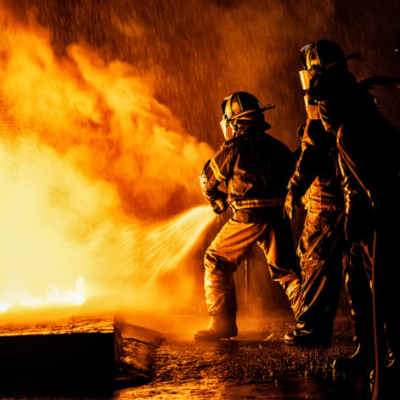 Fire Fighting Equipments
Fire Fighting Equipments Fire Alarm
Fire Alarm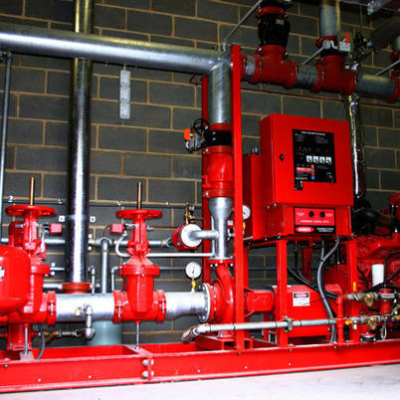 Fire Hydrant System
Fire Hydrant System Fire Extinguisher
Fire Extinguisher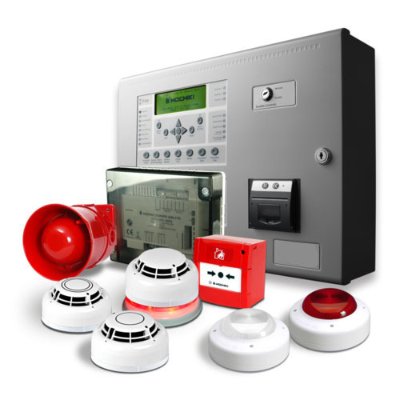 Fire Detection System
Fire Detection System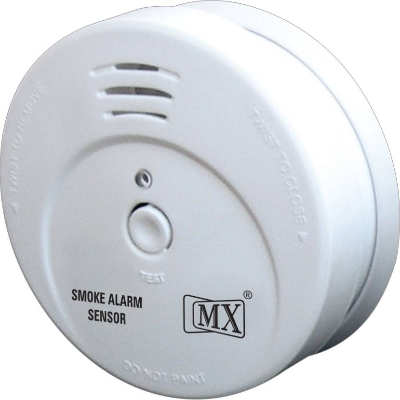 Fire Detector
Fire Detector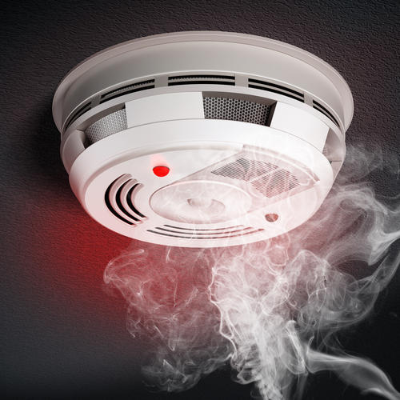 Smoke Detector
Smoke Detector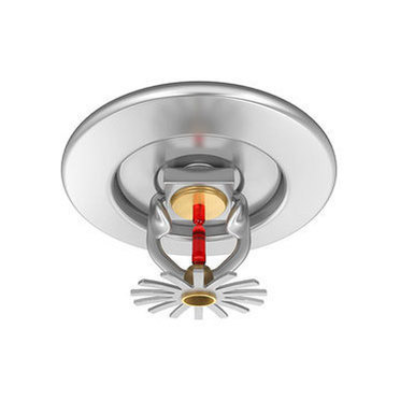 Fire sprinkler
Fire sprinkler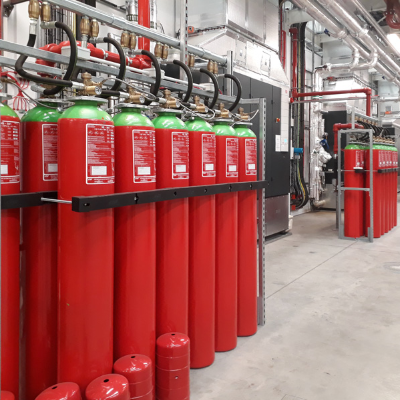 Fire Suppression
Fire Suppression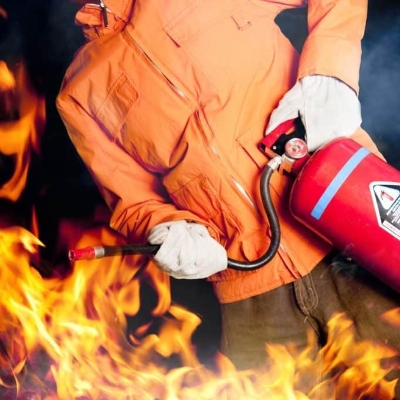 Fire Safety
Fire Safety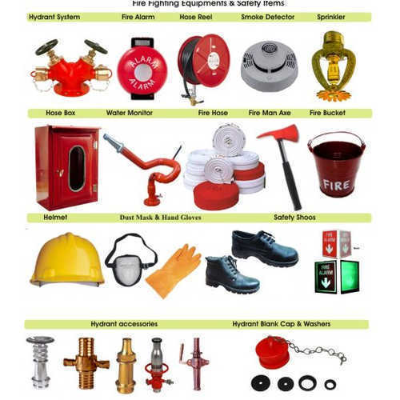 Fire Protection Equipments
Fire Protection Equipments Fire Door
Fire Door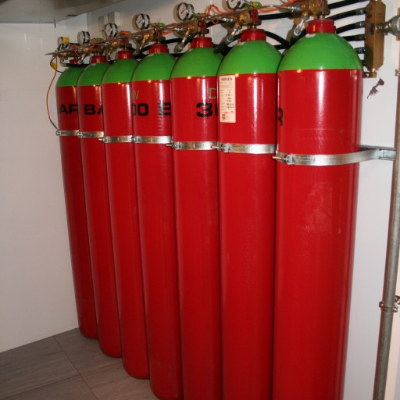 Gas Suppression System
Gas Suppression System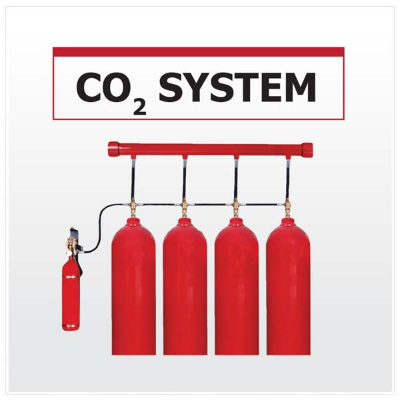 Co2 Fire Suppression System
Co2 Fire Suppression System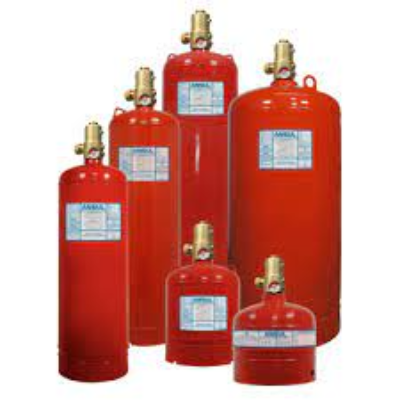 FM 200 Fire Suppression System
FM 200 Fire Suppression System Fire Hydrant System for Building
Fire Hydrant System for Building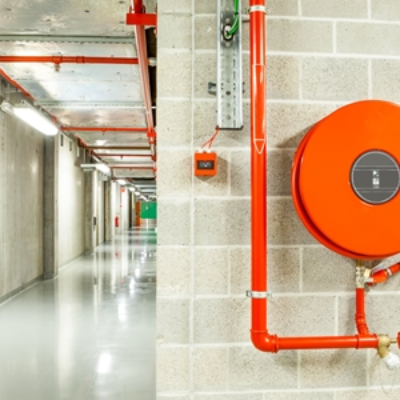 Fire Hydrant System for Hospital
Fire Hydrant System for Hospital Fire Hydrant System for Offices
Fire Hydrant System for Offices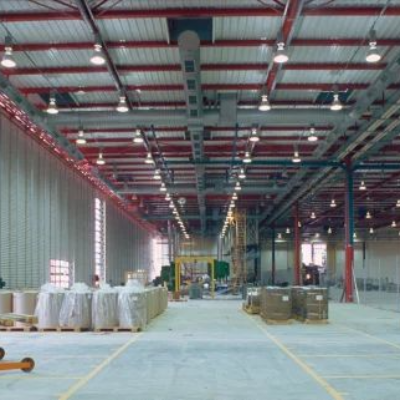 Fire Hydrant System for Warehouse
Fire Hydrant System for Warehouse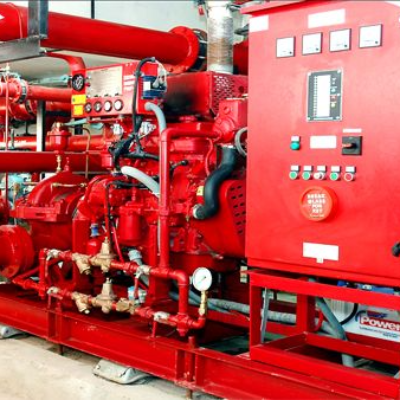 Fire Hydrant System for Factory
Fire Hydrant System for Factory Fire Hydrant System for School
Fire Hydrant System for School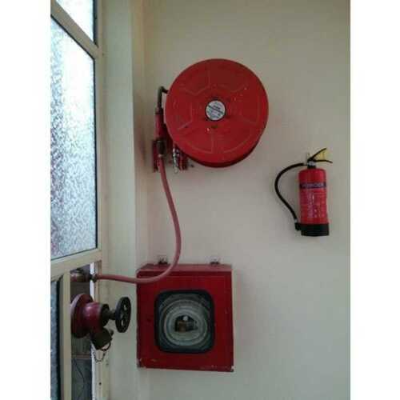 Fire Hydrant System for Hotels
Fire Hydrant System for Hotels Fire Hydrant System for Malls
Fire Hydrant System for Malls Fire Hydrant System for Theatres
Fire Hydrant System for Theatres Fire Hydrant System for Housing Society
Fire Hydrant System for Housing Society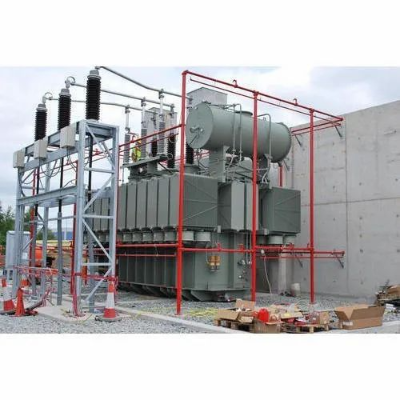 Fire Hydrant System for Transformer
Fire Hydrant System for Transformer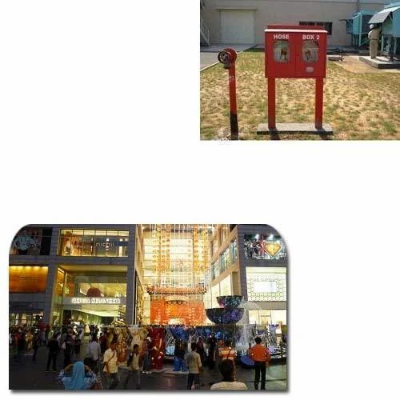 Fire Hydrant System for Shopping Complex
Fire Hydrant System for Shopping Complex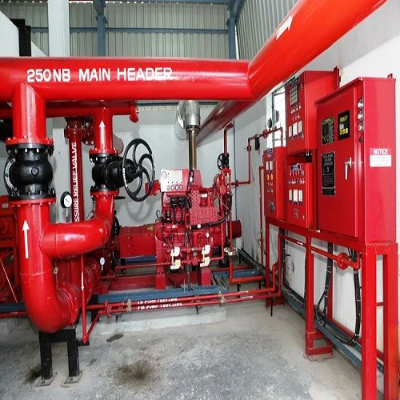 Fire Hydrant System for Industries
Fire Hydrant System for Industries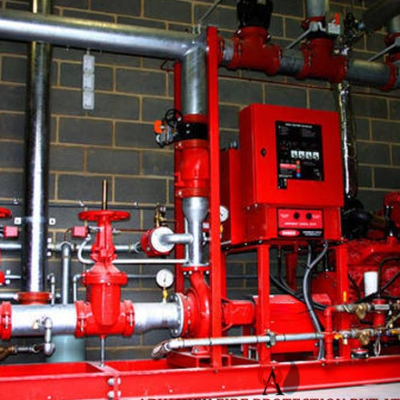 Fire Hydrant System for Construction Site
Fire Hydrant System for Construction Site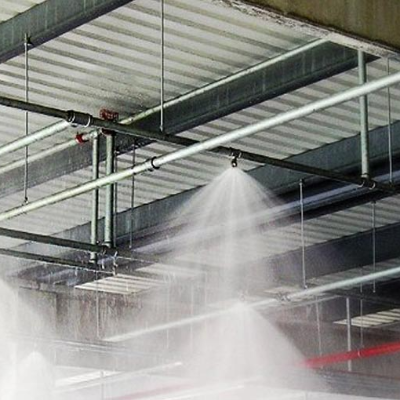 Fire Sprinkler System for Buildings
Fire Sprinkler System for Buildings Fire Sprinkler System for Retail Store
Fire Sprinkler System for Retail Store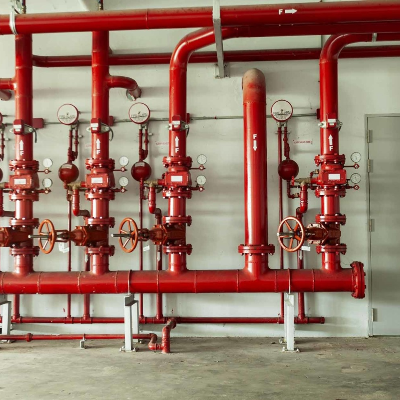 Fire Sprinkler System for Shopping Complex
Fire Sprinkler System for Shopping Complex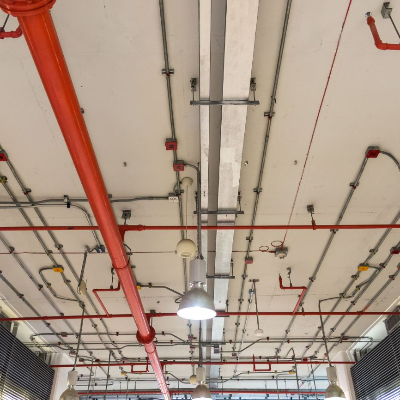 Fire Sprinkler System for Electrical Room
Fire Sprinkler System for Electrical Room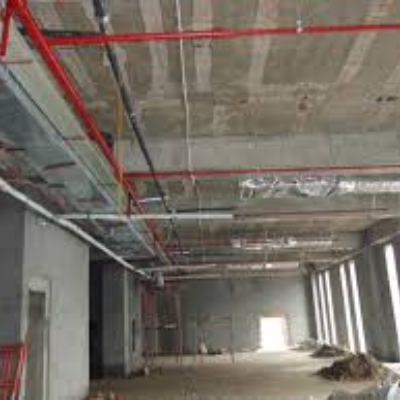 Fire Sprinkler System for Basement
Fire Sprinkler System for Basement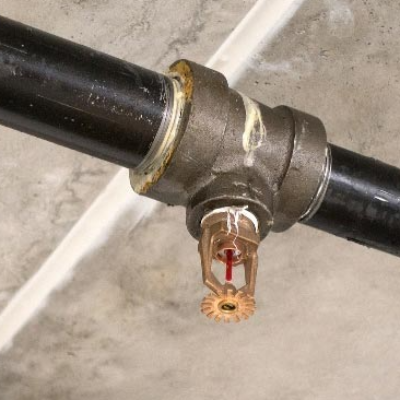 Fire Sprinkler System for Theaters
Fire Sprinkler System for Theaters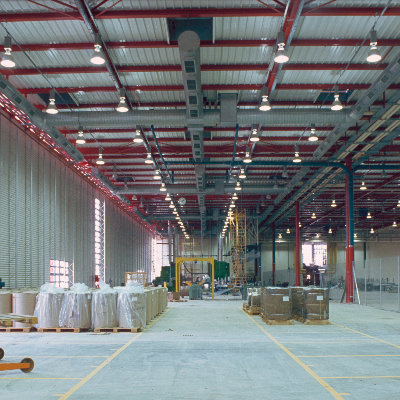 Fire Sprinkler System for Garage
Fire Sprinkler System for Garage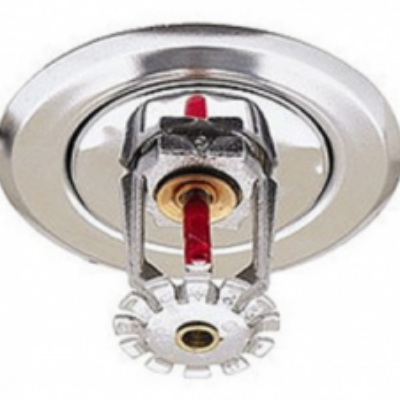 Fire Sprinkler System for Home
Fire Sprinkler System for Home Fire Sprinkler System for Restaurant
Fire Sprinkler System for Restaurant Fire Sprinkler System for Malls
Fire Sprinkler System for Malls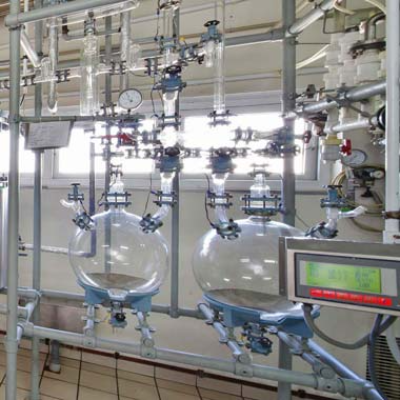 Fire Sprinkler System for Laboratories
Fire Sprinkler System for Laboratories Fire Sprinkler System for Hotels
Fire Sprinkler System for Hotels Fire Sprinkler System for Factories
Fire Sprinkler System for Factories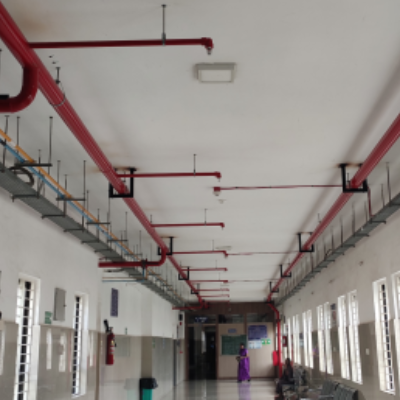 Fire Sprinkler System for Hospital
Fire Sprinkler System for Hospital Fire Sprinkler System for Warehouse
Fire Sprinkler System for Warehouse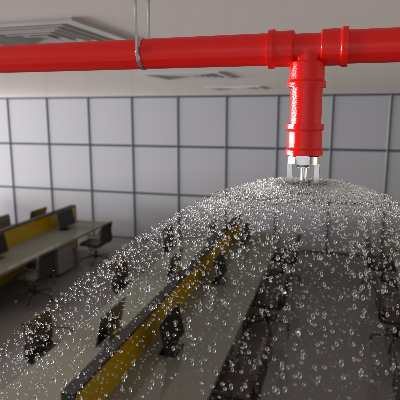 Fire Sprinkler System for Office
Fire Sprinkler System for Office Fire Alarm System for Factory
Fire Alarm System for Factory Fire Alarm System for Office
Fire Alarm System for Office Fire Alarm System for Warehouse
Fire Alarm System for Warehouse Fire Alarm System for Home
Fire Alarm System for Home Fire Alarm System for Residential Building
Fire Alarm System for Residential Building Fire Alarm System for Office Building
Fire Alarm System for Office Building Fire Alarm System for Building
Fire Alarm System for Building Fire Alarm System for Business
Fire Alarm System for Business Fire Alarm System for Commercial Building
Fire Alarm System for Commercial Building Fire Alarm System for Restaurant
Fire Alarm System for Restaurant Fire Alarm System for Hospital
Fire Alarm System for Hospital Fire Alarm System for Schools
Fire Alarm System for Schools Fire Alarm System for Hotels
Fire Alarm System for Hotels Fire Alarm System for Mall
Fire Alarm System for Mall Fire Alarm System for Airport
Fire Alarm System for Airport Fire Alarm System for Cinema Hall
Fire Alarm System for Cinema Hall Fire Alarm System for Home care
Fire Alarm System for Home care Fire Alarm System for Shopping Complex
Fire Alarm System for Shopping Complex Fire Alarm System for Apartment
Fire Alarm System for Apartment Fire Alarm System for Laboratory
Fire Alarm System for Laboratory Fire Alarm System for Retail Store
Fire Alarm System for Retail Store Fire Alarm System for Food Court
Fire Alarm System for Food Court Fire Alarm System for Kitchen
Fire Alarm System for Kitchen Fire Alarm System for Data Center
Fire Alarm System for Data Center Fire Alarm System for Coaching Institute
Fire Alarm System for Coaching Institute Fire Alarm System for Auditorium
Fire Alarm System for Auditorium